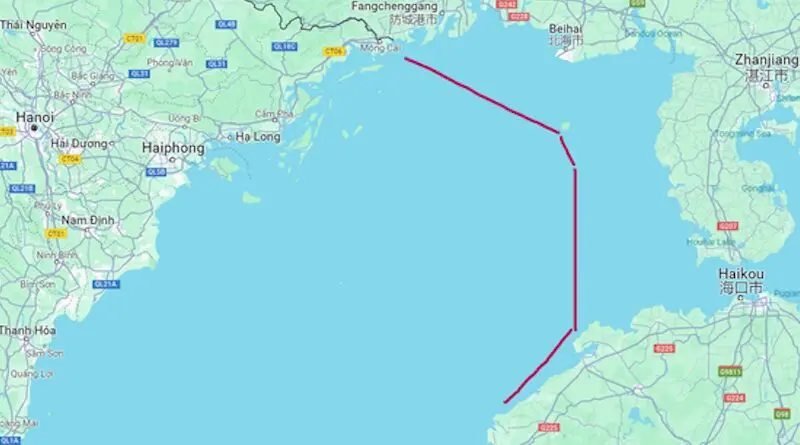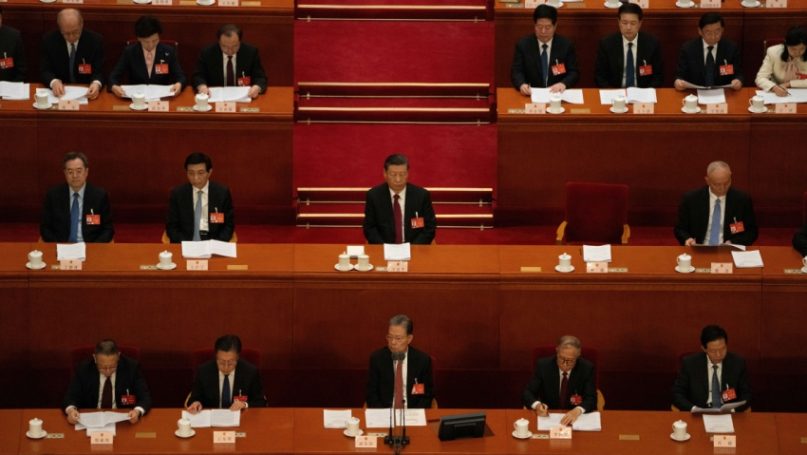Amit Kumar
1. Introduction
China and India are the world’s two most populous countries. A large population means a burgeoning consumer base. And consumers are at the core of any economy for it is their will and ability to consume that creates demand and the need for supply, thereby keeping the economy alive, which in turn is a critical constituent of a state’s comprehensive national power.
By proportion, consumption (consumers) contributes the largest share to a country’s GDP ahead of the other three drivers, namely private expenditure, government expenditure, and net exports. To put things in perspective, in the OECD countries, the share of consumption as a percentage of their GDP roughly stands at over 60%, even reaching as high as 80% for some. For China, the corresponding share until 2021 stood at 55%.1 In India, consumption constitutes 60% of its national GDP.
Gross Fixed Capital Formation (GFCF), a marker for investment in an economy, generally tracks domestic consumption. Final consumption expenditure and investment are components of Aggregate Demand and are intertemporally linked with each other. First, firms make investment choices based on their expectations of future sales. If firms expect their sales to go up due to increased consumption demand, they are likely to increase their investment. The second interlinkage is the partial playing out of the classic Keynesian multiplier effect. Increased investment leads to employment generation, which leads to increased disposable income, which, in turn, creates demand for the goods produced. In effect, it creates a virtuous cycle of expanding consumption and investment in the economy. Also, innovation is directly linked to Total Factor Productivity (TFP) — efficiency and productivity in the economy.
Furthermore, consumers play a central role in driving innovation in the economy. Throughout human history, consumers have been at the centrestage of all the phases of industrial revolutions. It is so because unless consumers attribute relevance to a product, the underlying technology, however innovative and significant, is meaningless. Even technologies such as semiconductors and the internet that were first confined to military applications reached their zenith post-commercialisation. In that sense, consumers infused meaning into innovation that drove various phases of industrialisation in the past.



















